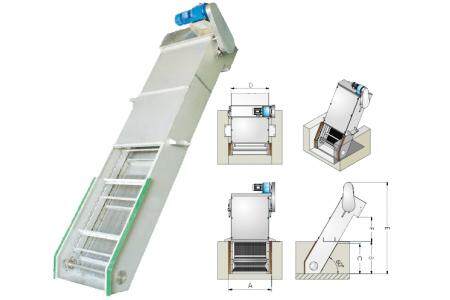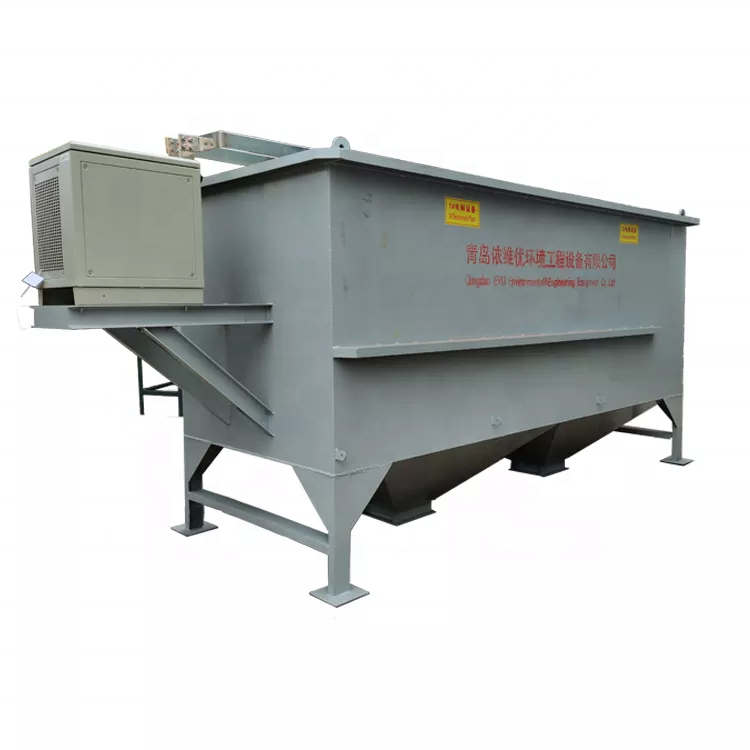How to Remove COD from Industrial Waste Water
Characteristics of Industrial Wastewater
- Large emissions, wide pollution range, and complex emission methods.
- There are various types of pollutants with large fluctuations in concentration.
- The pollutants have strong toxicity and great harm.
- There are significant differences in the migration and changes of pollutants after discharge.
Chemical Oxygen Demand(COD), generally in mg/L. It refers to the amount of oxidation dose consumed when analyzing water samples using a certain strong oxidant under certain conditions.
It is an indicator of the amount of reducing substances in water. The reducing substances in water include various organic compounds, nitrites, sulfides, ferrous salts, etc., but the main ones are organic compounds. Therefore, chemical oxygen demand (COD) is often used as an indicator to measure the amount of organic matter in water. The greater the chemical oxygen demand, the more seriously the water is polluted by organic matter.
Methods for Reducing COD in Industrial Wastewater
Physical Method
- Adding flocculants
Usually, flocculants are added to wastewater, and a portion of pollutants are treated using grids or other physical barrier tools to remove some organic matter.
QDEVU Bar Screen Machine is a solid-liquid separation equipment that can continuously remove impurities from the fluid. It is an indispensable specialized equipment in the production processes of urban sewage treatment, waterworks, power plant intakes, textile, food processing, papermaking, leather and other industries.

Product Features
- The equipment has a high degree of automation, high separation efficiency, noise, and power consumption.
- The rake teeth are made of stainless steel material, with good corrosion and high temperature resistance
- The rake teeth are combined into a grid surface, with stainless steel protective plates added, which will not block.
- There are two specifications of rake tooth pitch: 100 and 150, and 150 pitch is suitable for large grid gaps.
- Various gate gaps can be prepared as needed. The grid gap is available from 1-50mm.
- The machine width ranges from 300-3000mm for users to choose from.
- Integrated installation of the entire machine, with high operating accuracy.
- Adsorption method
Activated carbon, macroporous resin, bentonite and other active adsorption materials can be used to adsorb and treat particulate organic matter and chromaticity in wastewater. It can be used as a pre-treatment to reduce the COD that is relatively easy to handle.
Electrochemical Method
The essence of electrochemical treatment of wastewater is to directly or indirectly use electrolysis to remove pollutants from water or turn toxic substances into non-toxic or low toxic substances.
QDEVU Electrocoagulation(EC) wastewater treatment technology Advantages
- The electric flocculation wastewater treatment technology occupies a small area, consumes less energy, and has obvious treatment effects.
- The device is simple, easy to operate, and easy to achieve automated management.
- No need to add chemical agents, which can save the cost of chemical agents and dosing equipment.
- Strong operability, able to adjust voltage and current density according to changes in water quality and quantity, so that the effluent meets the treatment requirements.

The QDEVU Electro-coagulation(EC) Wastewater Treatment Technology has been successfully applied to: electroplating wastewater treatment, heavy metal wastewater treatment, electroplating wastewater organic wastewater treatment, food high concentration wastewater treatment, slaughter, aquaculture high concentration organic wastewater treatment, petroleum industry oily wastewater treatment, printing and dyeing non biodegradable high concentration organic wastewater pretreatment
Biochemical Method
Biological method is a wastewater treatment method that relies on microbial enzymes to oxidize or reduce organic molecules, destroy their unsaturated bonds and chromophore groups, and achieve the purpose of treatment.
Visit www.evuchina.com for more informations!
#QDEVU #WATERTREATMENT #WASTEWATERTREATMENT #SEWAGETREATMENT #SEWAGEWATERTREATMENT #WATERFILTER #WATERFILTRATION #SLUDGETREATMENT #SLUDGEDEWATERING


